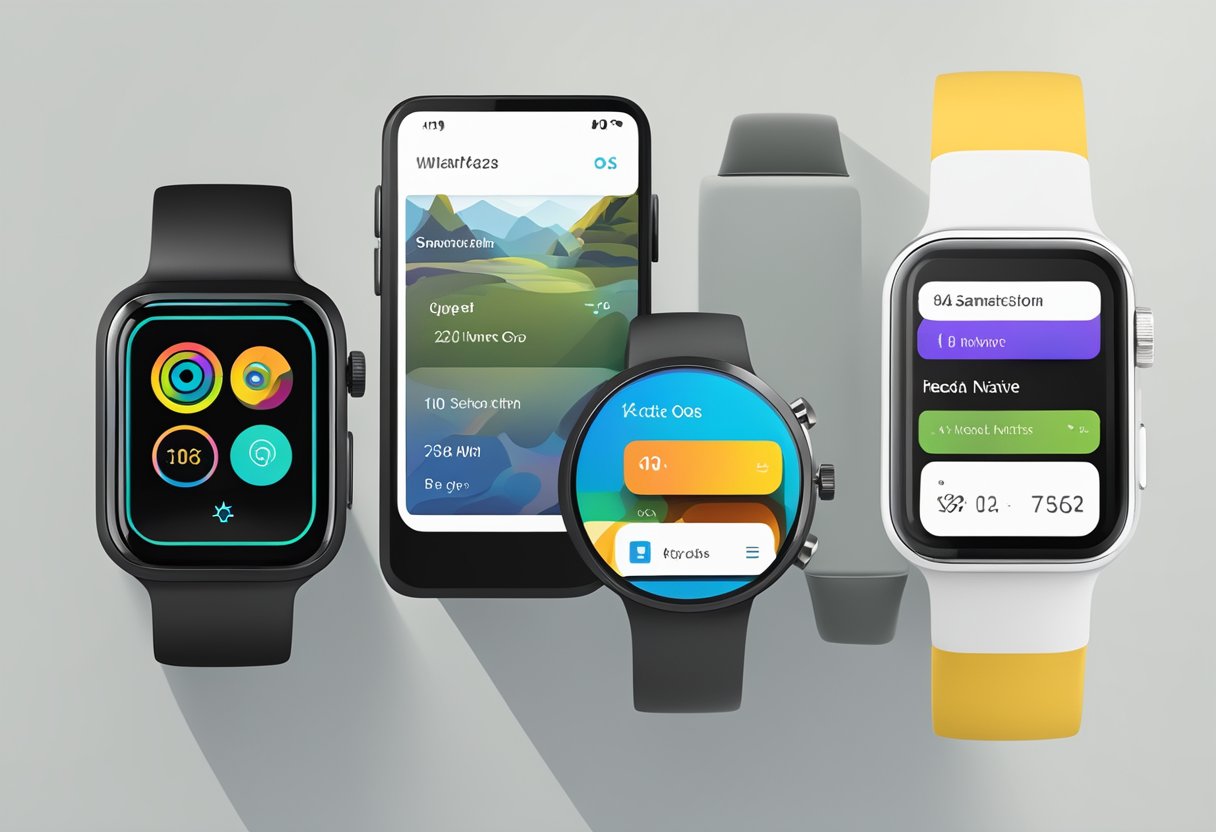React Native has become a popular cross-platform technology for building mobile applications. It allows developers to create apps for both iOS and Android platforms using the same codebase. However, there is another platform that has been gaining popularity in recent years – smartwatches. With the rise of wearables, developers are now looking for ways to build apps for these devices using cross-platform technology.

React Native for Wear OS is a solution that allows developers to build smartwatch apps using the same codebase as their mobile apps. This technology enables developers to create apps that work seamlessly across both platforms, reducing development time and costs. With React Native for Wear OS, developers can create apps that take advantage of the unique features of smartwatches, such as voice commands, health tracking, and notifications.
In this article, we will explore the benefits of using React Native for Wear OS and how to get started with building smartwatch apps. We will cover the basics of building a simple app, integrating with Wear OS features, and testing and deploying the app. Whether you are a seasoned mobile app developer or new to the world of wearables, React Native for Wear OS is a technology worth exploring.
Índice De Conteúdo
Fundamentals of React Native for Wear OS

Understanding Wear OS
Wear OS is a platform for smartwatches developed by Google. It is a version of the Android operating system designed specifically for wearable devices. Wear OS provides a variety of features and APIs that allow developers to create unique and engaging apps for smartwatches.
React Native Basics
React Native is a cross-platform technology developed by Facebook. It allows developers to build native mobile apps for both iOS and Android platforms using a single codebase. React Native uses a combination of JavaScript and native components to create high-performance apps.
Setting Up the Development Environment
To start developing React Native apps for Wear OS, developers need to set up their development environment. They need to install the Android SDK, Android Studio, and Node.js. They also need to install the React Native CLI and create a new project.
Once the development environment is set up, developers can start building their app using React Native components and APIs. They can use the same codebase to build apps for both iOS and Android platforms, which saves time and resources.
Overall, React Native is an excellent choice for building smartwatch apps for Wear OS. It provides a powerful and flexible framework for creating high-quality apps that can run on multiple platforms. With its ease of use and robust features, React Native is a valuable tool for developers looking to create innovative and engaging apps for Wear OS.
Developing Smartwatch Apps
Developing smartwatch apps with React Native for Wear OS requires an understanding of designing for wearable devices, building a user interface, handling user interactions, performance optimization, and cross-platform considerations.
Designing for Wearable Devices
Designing for wearable devices requires a different approach than designing for mobile or desktop devices. Wearable devices have smaller screens and limited input options, which means that the user interface must be optimized for quick and easy use. Developers should consider the following when designing for wearable devices:
- Keep the design simple and intuitive
- Use large fonts and clear icons
- Minimize the amount of text on the screen
- Use color sparingly and strategically
- Use haptic feedback to provide confirmation of user actions
Building a User Interface
Building a user interface for a smartwatch app requires a different approach than building a user interface for a mobile or desktop app. Developers should consider the following when building a user interface for a smartwatch app:
- Use a grid layout to organize content on the screen
- Use card-based designs to present information
- Use animations to provide feedback and transitions
- Use voice commands to provide an alternative to touch-based interactions
Handling User Interactions
Handling user interactions in a smartwatch app requires a different approach than handling user interactions in a mobile or desktop app. Developers should consider the following when handling user interactions in a smartwatch app:
- Use touch gestures that are optimized for small screens
- Use voice commands to provide an alternative to touch-based interactions
- Use haptic feedback to provide confirmation of user actions
- Use the crown button to provide an alternative input option
Performance Optimization
Performance optimization is critical when developing smartwatch apps with React Native for Wear OS. Developers should consider the following when optimizing performance:
- Use the React Native FlatList component to render large lists efficiently
- Use the React Native Animated API to create smooth animations
- Use the React Native Image component to optimize image loading and caching
- Use the React Native AsyncStorage API to store data locally
Cross-Platform Considerations
Developers should consider cross-platform considerations when developing smartwatch apps with React Native for Wear OS. Developers should consider the following when developing cross-platform apps:
- Use a responsive design that adapts to different screen sizes
- Use the React Native Platform module to detect the operating system
- Use the React Native Linking module to handle deep links
- Use the React Native WebView component to embed web content in the app
In conclusion, developing smartwatch apps with React Native for Wear OS requires an understanding of designing for wearable devices, building a user interface, handling user interactions, performance optimization, and cross-platform considerations. By following these best practices, developers can create high-quality smartwatch apps that provide a great user experience.

